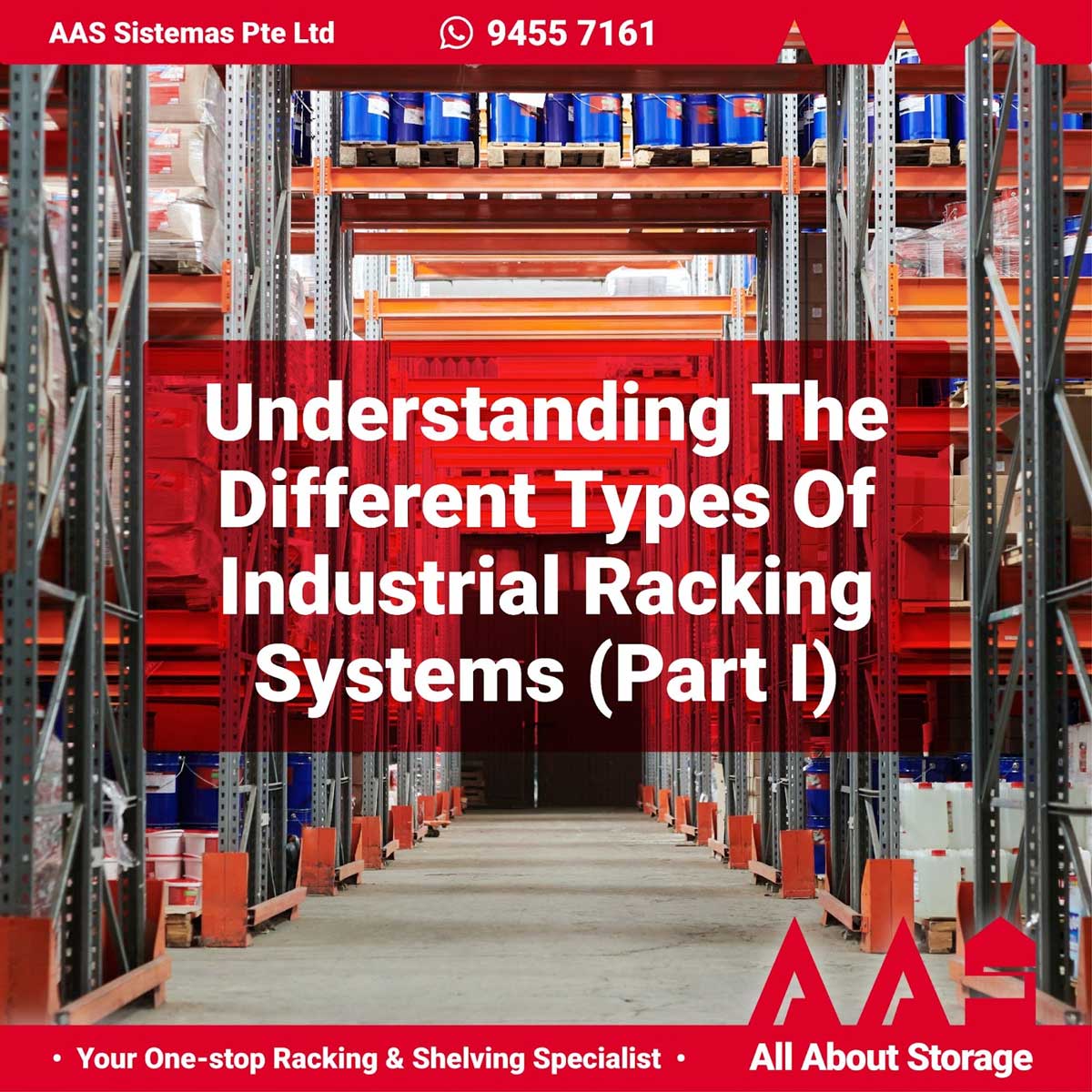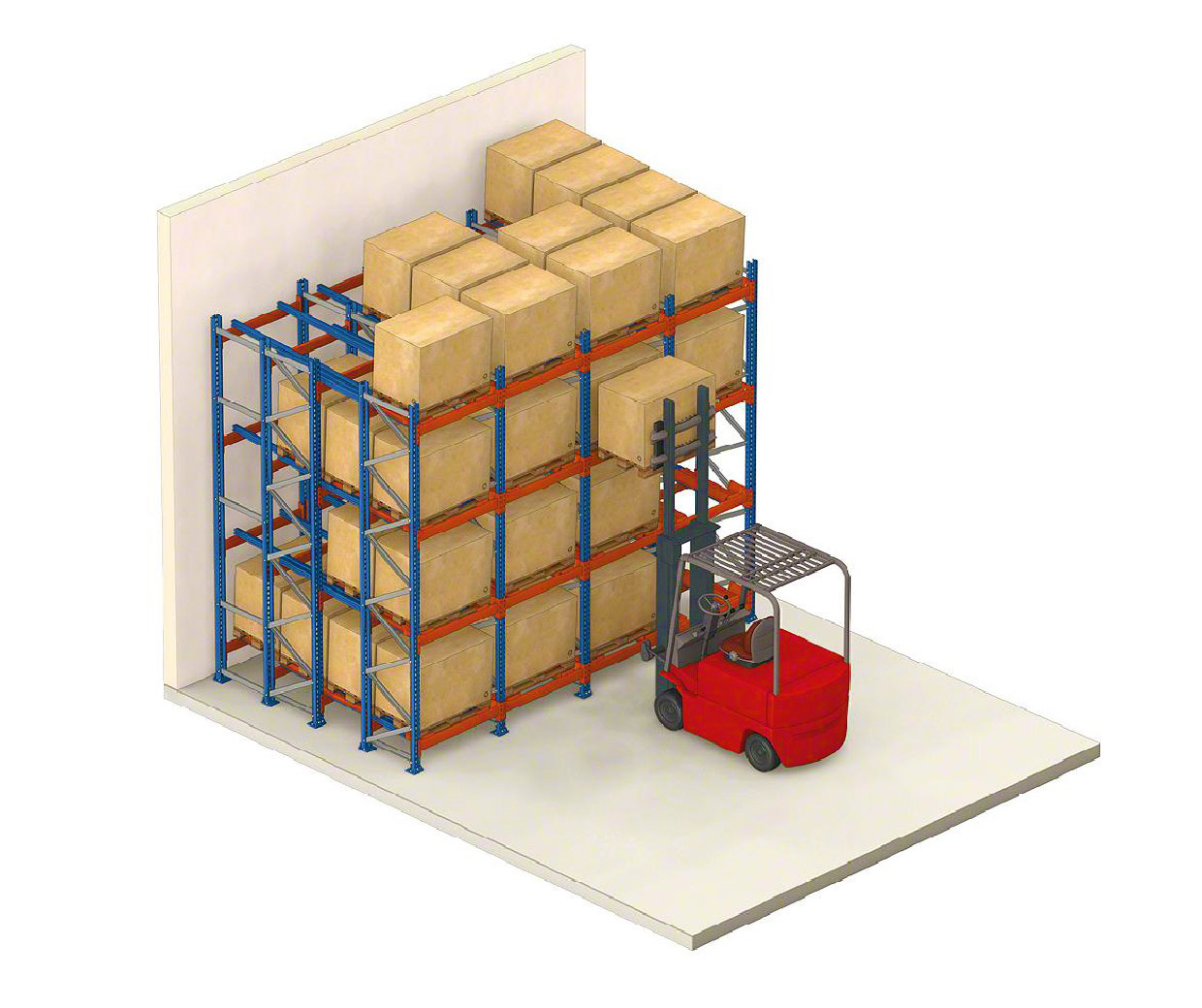

Industrial racking systems are an essential component of modern warehousing and storage facilities. They provide efficient and organized storage solutions for various products, optimizing space utilization and enhancing operational productivity. Let's delve into some of the most common types of industrial racking systems and their unique features:

This is the most widely used type of industrial racking system. It consists of horizontal beams and vertical frames that create multiple levels of storage. Selective pallet racking allows direct access to every pallet, making it ideal for warehouses with a wide variety of SKUs and frequent product rotation.

Drive-in and drive-through racking systems are designed for high-density storage. They allow forklifts to drive directly into the rack structure to deposit or retrieve pallets. Drive-in racking has a single entry and exit point, while drive-through racking has access points on both ends, enabling a last-in-first-out (LIFO) or first-in-first-out (FIFO) inventory retrieval system.

Push-back racking operates on a last-in-first-out (LIFO) system and is designed to offer higher storage density than selective pallet racking. Pallets are loaded onto nested carts that roll on inclined rails. When a new pallet is loaded, it pushes the previous one back, allowing for multiple pallets to be stored in a single lane.

Cantilever Racking: Cantilever racking is specifically designed for the storage of long and bulky items, such as lumber, pipes, and furniture. It consists of horizontal arms attached to vertical columns, providing unobstructed access to the stored items. Cantilever racking is well-suited for industries like construction, manufacturing, and retail.

Pallet flow racking operates on a first-in-first-out (FIFO) system and is suitable for high-density storage with a consistent product rotation. Pallets are loaded at the higher end of a slightly inclined rack and move down the slope on rollers or wheels, enabling easy access and stock rotation.

Mezzanine racking systems utilize the vertical space within a warehouse. They consist of an intermediate floor built above the ground-level storage area. Mezzanine racking is an excellent option to create additional storage space or work areas without the need for major structural modifications.

Mobile racking systems are mounted on mobile bases that move along rails, allowing rows of racking to be opened or closed as needed. This compact design is ideal for maximizing storage capacity in facilities with limited space.

Automated Storage and Retrieval Systems (AS/RS): AS/RS systems combine racking with automated technology, such as robotics and conveyors, to retrieve and store items automatically. They provide fast and accurate order fulfillment, reducing the need for manual labor and optimizing storage efficiency.
By understanding the unique features of each system, businesses can make informed decisions and tailor their storage solutions to meet their specific needs efficiently. Consulting with us, @ AAS, can further ensure the successful implementation of the right racking system for any warehouse or storage facility.